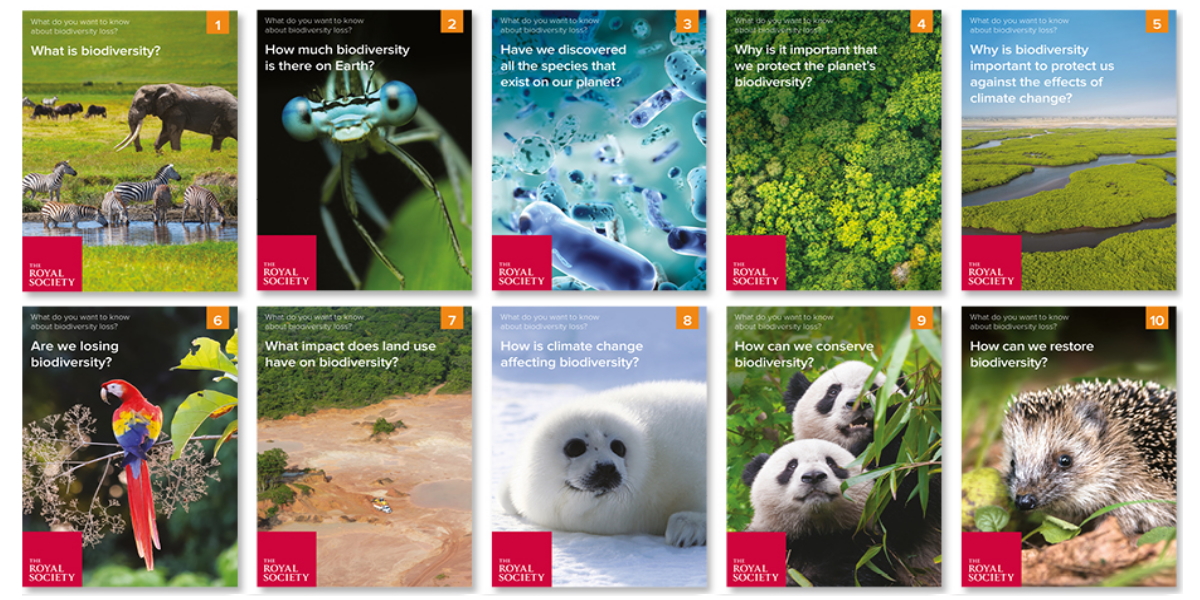Filters
Clear allSubject
- Careers (2) Apply Careers filter
- Climate Change (2) Apply Climate Change filter
- Computing (2) Apply Computing filter
- Cross curricular (7) Apply Cross curricular filter
- Design and technology (6) Apply Design and technology filter
- Engineering (8) Apply Engineering filter
- Mathematics (3) Apply Mathematics filter
Age range
Type
- Activity sheet (7) Apply Activity sheet filter
- Experiment (2) Apply Experiment filter
- Image (1) Apply Image filter
- Information sheet (3) Apply Information sheet filter
- (-) Remove Poster filter Poster
- Presentation (9) Apply Presentation filter
- Research (2) Apply Research filter
- (-) Remove Teacher guidance filter Teacher guidance
- Video (3) Apply Video filter
- Include Physical Resources (0) Apply Include Physical Resources filter
Showing 16 results
This poster, from the Science and Technology Facilities Council, celebrates 100 years since two scientists in the UK pioneered a technique for crystallography.
Crystallography uses x-rays to create a diffraction pattern to examine the atomic structure of crystals. The poster explains Bragg’s Law, which...
Part of the Assessing Pupils' Progress (APP) collection, these resources present the criteria for assessing progress in students’ understanding of science at Key Stage Three.
[b]Structure[/b]
These guidelines/criteria are to help teachers assess progress in students’ work across five strands of...
In this resource, students use their STEM skills to help them design and build a model of a flood- proof house. Activities to help them with their design include testing materials (for strength and absorbency) and structures. Set on a fictitious island coping with the devastating effects of flooding caused by...
The Big Telescopes poster links ground and space based telescopes with the parts of the electromagnetic spectrum that they are observing and their locations on Earth or in space.
The poster explains how larger telescopes allow scientists to learn more about the early universe and map our own galaxy with...
With this resource, students develop observation skills by investigating the phenomenon of ‘mate-guarding’ in brine shrimp. Following a teacher-led discussion, students generate hypotheses. For example, one of the hypotheses may be that larger females pair with larger males.
These may be tested...
This challenge enables pupils to model and test filters as a way of making dirty water cleaner. It can also be used to explore ways of making water safe to drink. Curriculum links include separation techniques and pure substances.
The challenge can provide a focus for National Science and Engineering Week,...
Opportunities for engineers exist at all levels and these career route maps from Neon show various routes through education and training to become a professional engineer in England, Northern Ireland, Scotland and Wales.
This challenge, from Practical Action, requires students to design and build a model structure that will enable farmers to grow crops even in an area that may become flooded. A floating garden, built on a base of aquatic weeds, is a low cost and sustainable way of allowing people to grow vegetables. The resource...
These resources allow students to explore natural selection using different coloured baits (spaghetti ‘worms’) that are selected and eaten by birds. Uneaten ‘worms’ are counted after predation and the ‘worm’ population is replenished in proportion to those colours which remain. After several cycles of predation and...
This resource contains a series of lessons which are designed to extend students’ knowledge and understanding of plastics and plastic waste on a global scale. Linking to materials and their properties, the environment, recycling and design and technology, they contain investigations and activities aimed at both...
Find out how engineers who work in disaster response save lives on a massive scale. This Tomorrow’s Engineers poster and accompanying teacher booklet, activities and a lesson plan will help students to understand the scale and impact of disaster response engineering.
Many types of engineering are employed in...
This Practical Action resource presents a fun hands-on and brains-on challenge for Key Stages Two to Five.
The problem:...
Stop the spread is a new STEM challenge for students aged 7 to 16. Highlighting the global issue of infectious disease students design, build and test a model of a hand washing device and produce educational materials for children in Kenya to encourage hand washing. It is accredited for the British Science...

These evidence-based, question and answer style classroom resources can be used to engage students of all ages...
